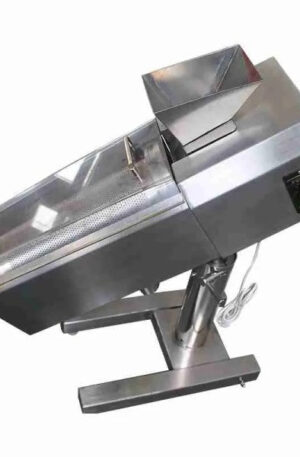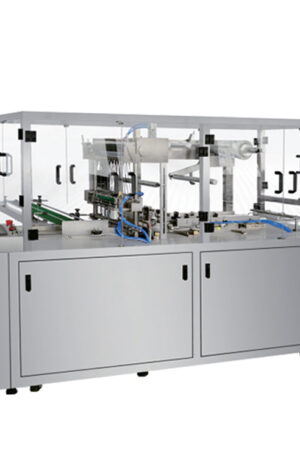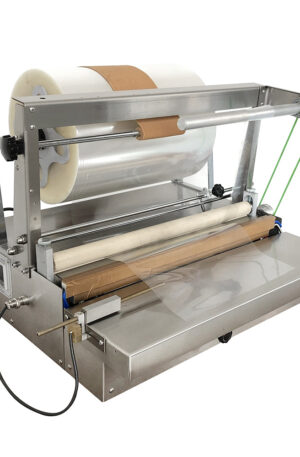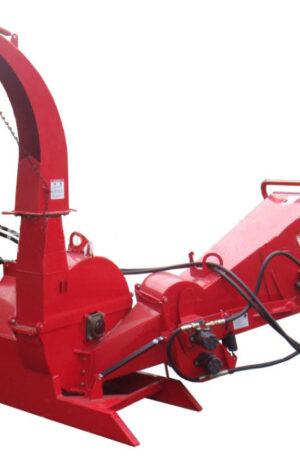Title: “The Innovation of Pharmaceutical Machinery: Advancements and Applications”
In the rapidly evolving pharmaceutical industry, the innovation of pharmaceutical machinery plays a crucial role in improving efficiency, precision, and productivity in drug manufacturing processes. Among the various types of pharmaceutical machinery, table press machines and capsule filling machines have seen significant advancements in recent years, with the introduction of technologies like TDP and THDP revolutionizing the way medications are produced.
Table press machines are integral to the process of compressing powdered ingredients into solid dosage forms such as tablets. Traditionally, these machines operated using mechanical force to exert pressure on the powder, resulting in tablets of varying quality and uniformity. However, with the introduction of TDP (Tablet Pressing Machine), manufacturers can now achieve precise control over the compression process, ensuring consistent tablet weight, thickness, and hardness. This not only improves the overall quality of the tablets but also reduces waste and ensures compliance with regulatory standards.
Similarly, capsule filling machines have also undergone significant advancements with the introduction of technologies like THDP (Tablet and Capsule Press Machine). These machines are designed to fill empty capsules with powdered or granulated materials, streamlining the encapsulation process and increasing production efficiency. THDP machines offer features such as automatic capsule filling, tamping, and sealing, reducing human error and minimizing cross-contamination risks. This technology not only speeds up the production process but also enhances the accuracy and precision of dosing, ensuring consistent medication potency and effectiveness.
The applications of these innovative pharmaceutical machinery extend beyond simple dosage form production. They enable pharmaceutical manufacturers to develop complex formulations, such as controlled-release tablets and multiparticulate capsules, which offer targeted drug delivery and improved patient compliance. Additionally, the integration of digital technologies into these machines allows for real-time monitoring of process parameters, facilitating quality control and batch traceability.
In conclusion, the innovation of pharmaceutical machinery, particularly in the form of advanced table press machines and capsule filling machines equipped with TDP and THDP technologies, has transformed the way medications are manufactured. These advancements not only improve production efficiency and product quality but also pave the way for the development of novel drug formulations that meet the evolving needs of the healthcare industry. As technology continues to advance, pharmaceutical machinery will play an increasingly vital role in driving innovation and progress in the field of pharmaceutical manufacturing.
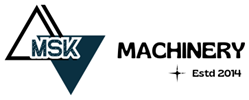
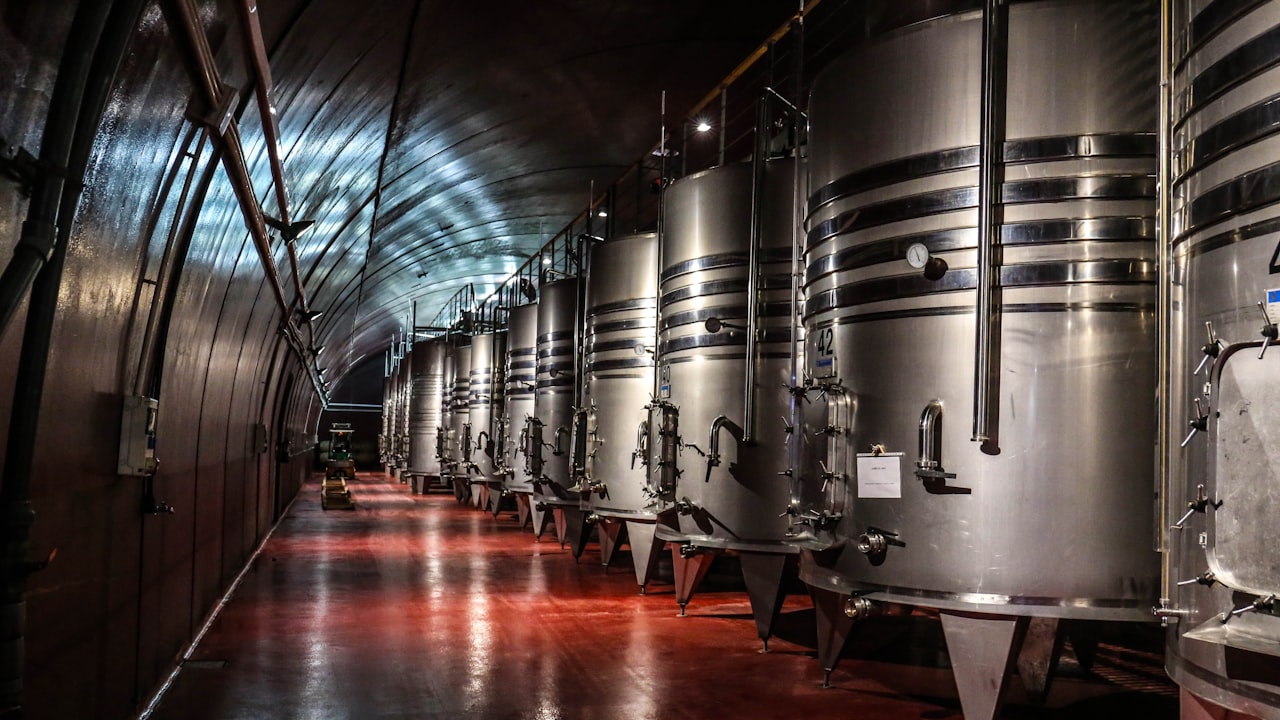 Title: The Role of Pharmaceutical Machinery in Modern Medicine
Title: The Role of Pharmaceutical Machinery in Modern Medicine Title: “Revolutionizing Pharmaceutical Manufacturing: The Role of Pharma Machines”
Title: “Revolutionizing Pharmaceutical Manufacturing: The Role of Pharma Machines”